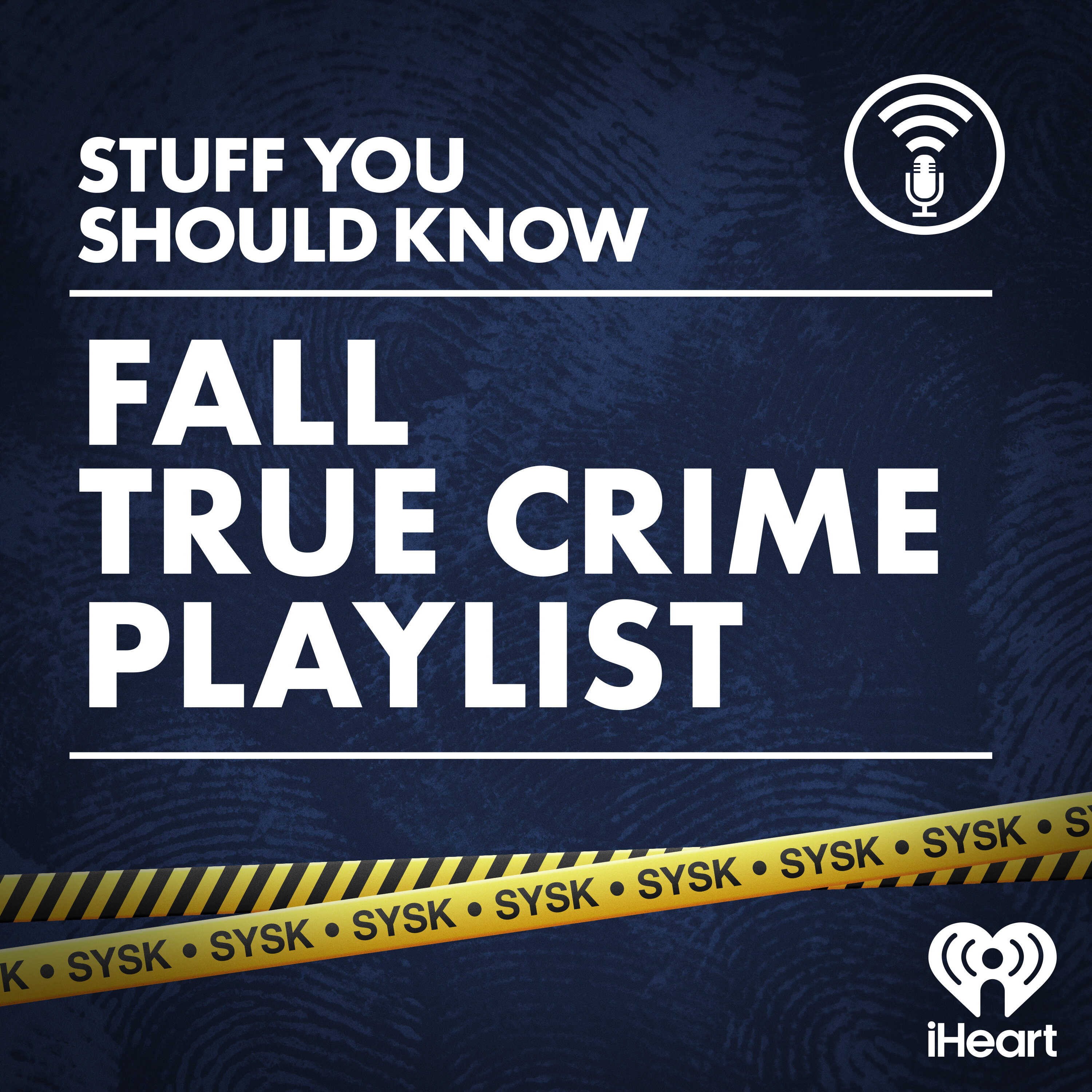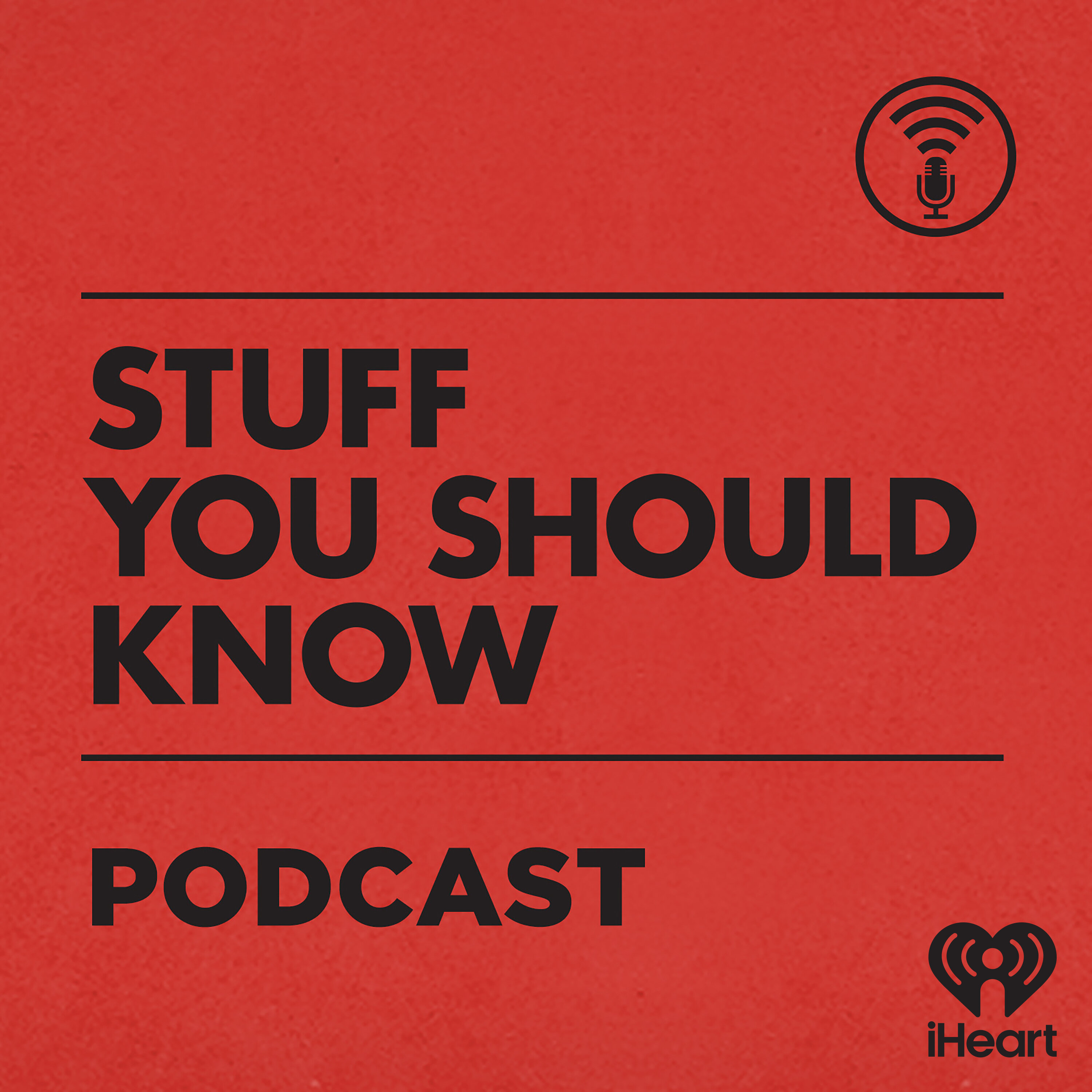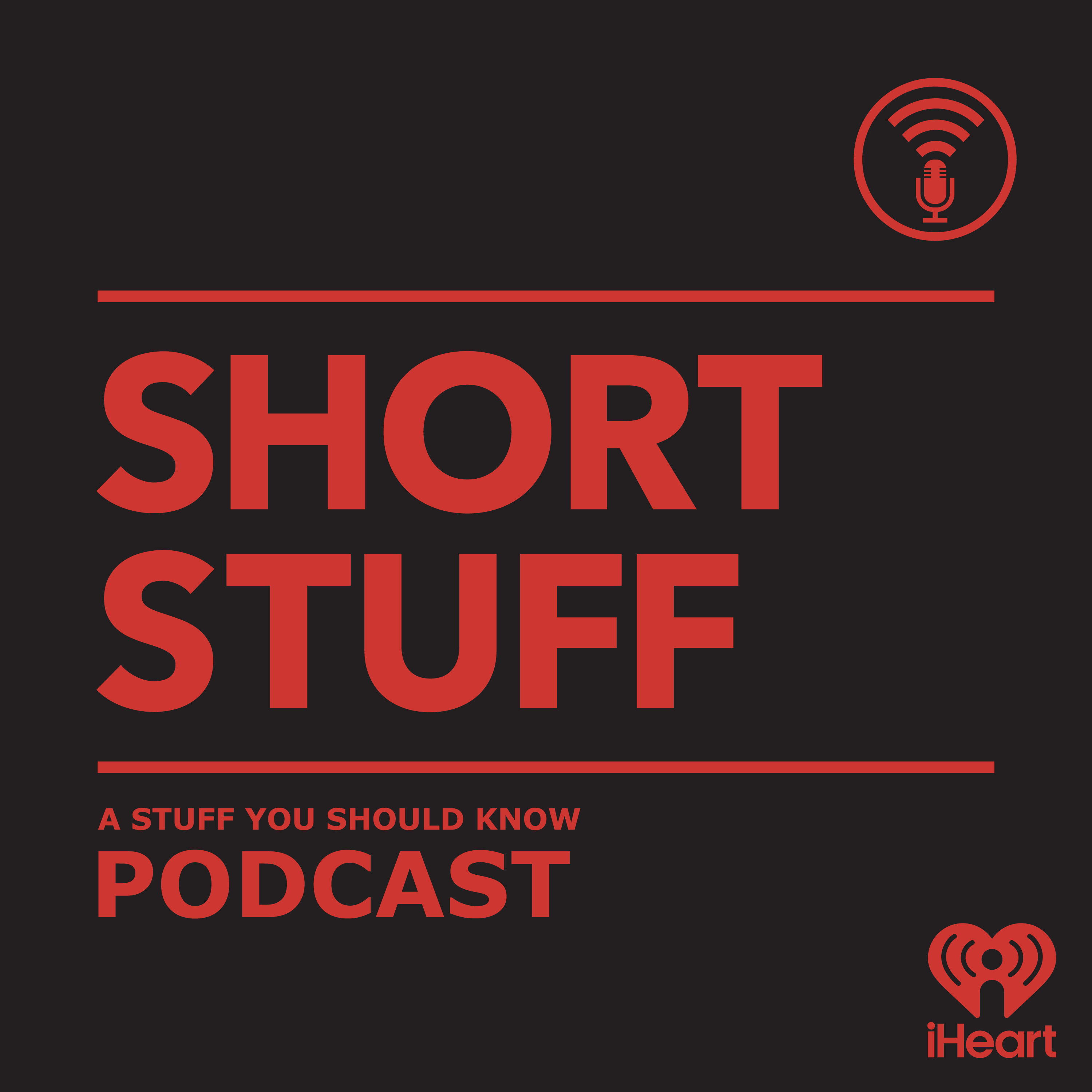SYSK’s Fall True Crime Playlist: The Harrowing Story of the North Hollywood Shootout
Tune in today to listen to the story of when North Hollywood became a war zone after a brazen bank robbery.
See omnystudio.com/listener for privacy information.
Press play and read along
Transcript
Transcript is processing—check back soon.
Stuff You Should Know — SYSK’s Fall True Crime Playlist: The Harrowing Story of the North Hollywood Shootout



